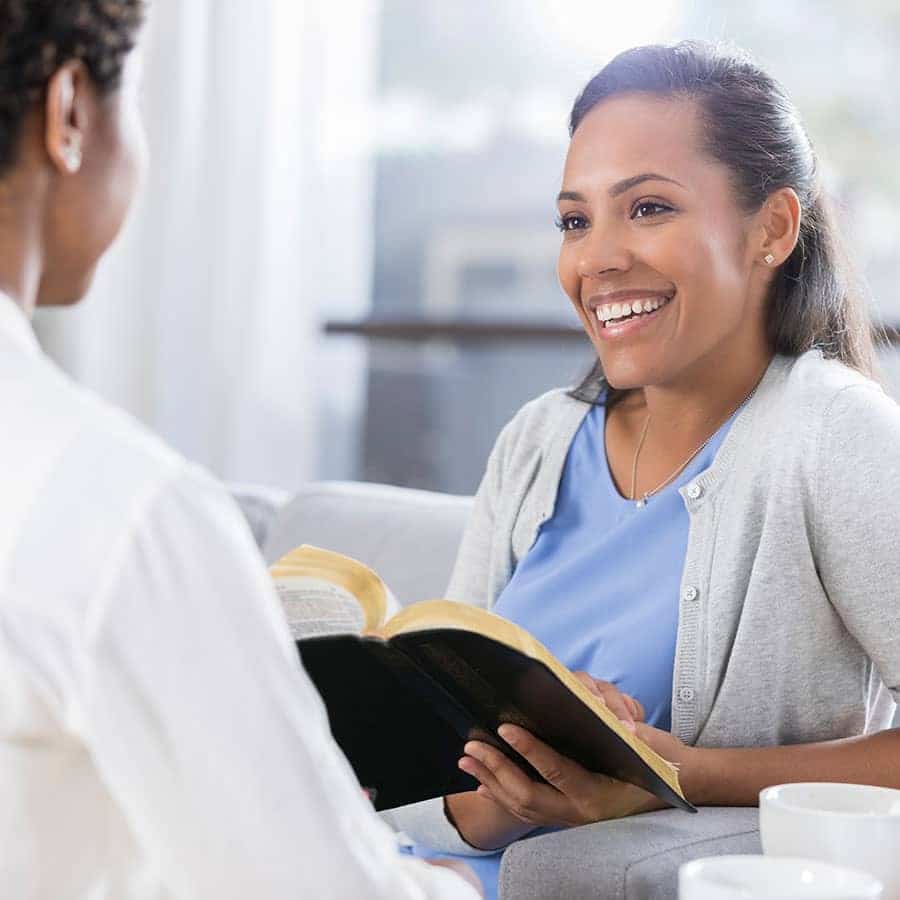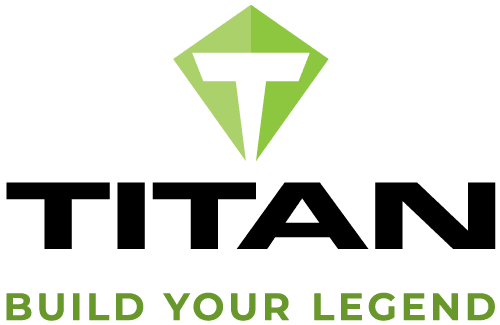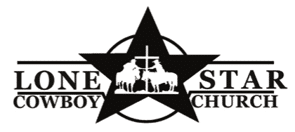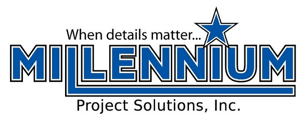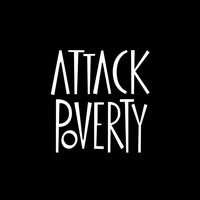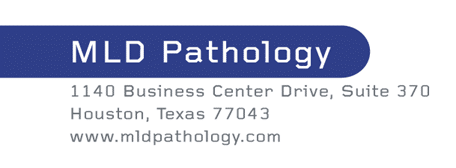The recently created Paycheck Protection Program Flexibility Act (PPPFA) addresses several concerns expressed by businesses regarding the Paycheck Protection Program (PPP). While the PPP loans were met with great enthusiasm, the program’s rollout left many concerned about the possibility of being unable to meet the requirements for full loan forgiveness. Below is a summary of the revisions created by the PPPFA to address those concerns.
- Under the original provisions of the PPP, loan recipients were required to spend at least 75% of the loan amount on payroll expenses. However, many businesses found that requirement difficult or even impossible to meet. Under the PPPFA, businesses are now required to spend only 60% of the loan amount on payroll expenses, thereby increasing the amount that can be spent on rent, mortgage, utilities and interest on loans from 25% to 40%.
- The text of the PPPFA suggests that if anything less than 60% of the PPP loan is spent on payroll expenses, then the entire loan must be repaid. The Small Business Administration (SBA) is likely to address this concern in the coming weeks.
- One of the biggest concerns expressed by PPP loan recipients was the requirement to spend the full loan amount within an 8-week period, starting on the day funds were received. The PPPFA extends that period to a full 24 weeks and requires loan recipients to apply for forgiveness within 10 months after the last day of the covered period.
- While the language of the law was not entirely clear, Congress submitted a formal letter for the record, clarifying that the extension of the covered period to December 31, 2020 does not extend the period of eligibility for new loans. That means that the deadline for new loans is still June 30, 2020.
-
- Previously, businesses were required to re-hire anyone that was laid-off and removed from payroll no later than June 30, 2020. However, the PPPFA revises that deadline to December 31, 2020. That provides businesses with much-needed flexibility and increases the likelihood of full loan forgiveness. Since the PPPFA did not change the loan forgiveness requirements regarding payroll amount and employee count, businesses should ensure that they have rehired employees prior to requesting loan forgiveness.
- The PPPFA also increases the number of exceptions for reduced full-time employee headcount. As noted above, in its original form, the PPP required employers to rehire employees that were laid off and the only exception to that rule was if a former employee refused a rehire offer. However, the PPPFA creates two additional exceptions:
-
- The employer can document the inability to return to the same level of business activity as said business was operating at prior to February 15, 2020 due to COVID-19 related operating restrictions, or
- The employer can document the inability to rehire individuals who were employees prior to February 15, 2020 and show an inability to hire similarly qualified employees for unfilled positions on or before December 31, 2020.
- There is currently no guidance on how to properly demonstrate these exceptions. Expect additional clarification to come from the SBA.
- Should a business find itself ineligible for full loan forgiveness, the PPPFA extends the loan repayment period from 2 years to 5 years. The interest rate on the loan remains at 1%. Additionally, the PPPFA defers repayment of all principal, interest, and fees until the date on which the amount of the loan forgiveness is remitted to the lender by the SBA.
- Lastly, the PPP originally denied employers the ability to participate in other CARES Act provisions such as the Social Security tax deferral program. However, the PPPFA now allows recipients of PPP loans to also defer payment of the employer’s payroll taxes for Social Security.
While the added flexibility created by the PPPFA is undoubtedly welcome among PPP recipients, it is important to note that additional changes are likely forthcoming as the SBA addresses the uncertainties generated by the new law. Recipients of PPP loans should continue to watch for additional guidance from the SBA in the weeks ahead.




